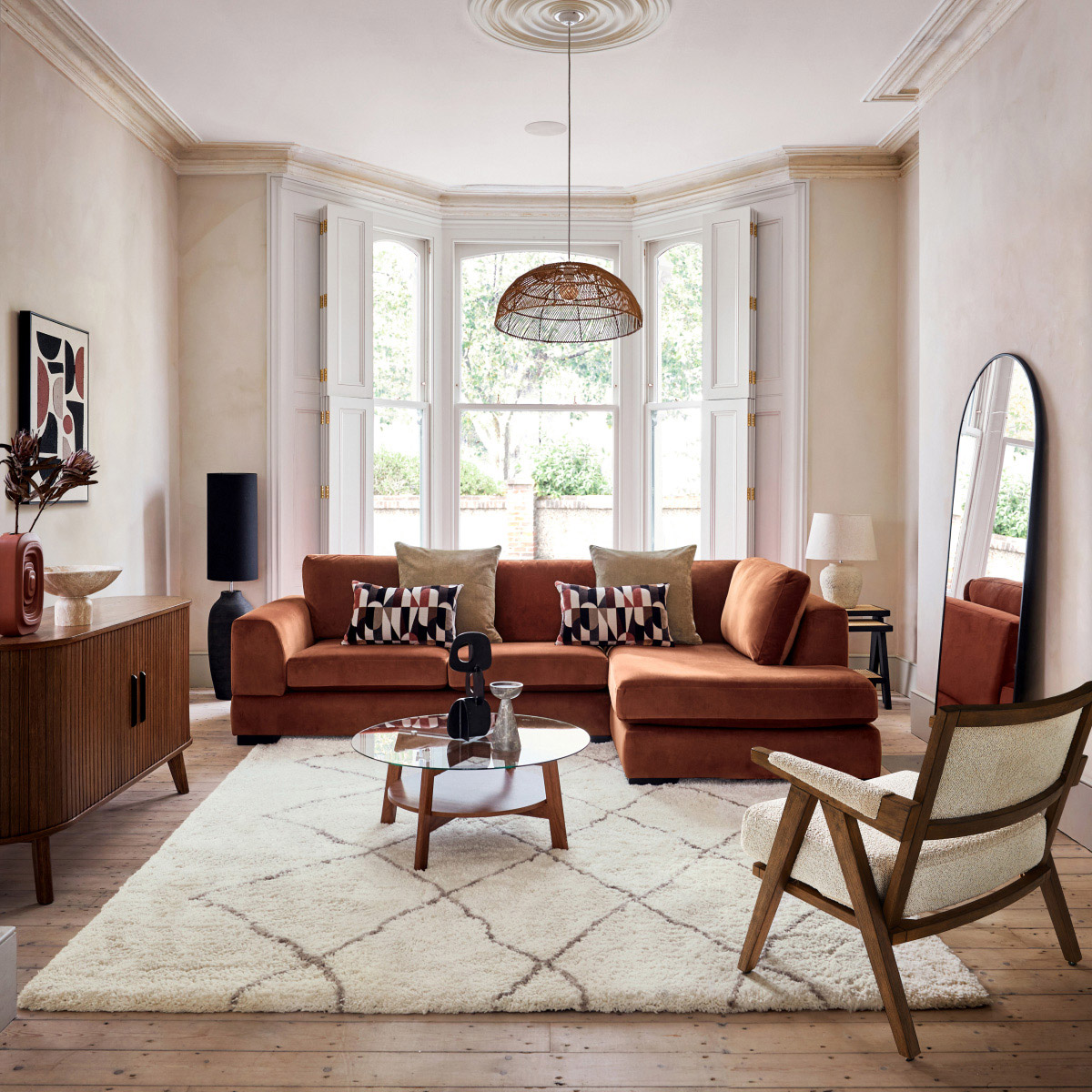Master the Art of Layering Textures in Home Style for a Cozy Atmosphere
The ability to efficiently layer appearances within home decoration is a nuanced skill that considerably adds to a cozy and welcoming environment. By comprehending the interaction in between various materials and their tactile high qualities, one can develop a space that not only looks aesthetically pleasing however likewise really feels welcoming. The choice of corresponding textures, from soft fabrics to all-natural elements, is crucial in accomplishing this equilibrium - Home decor. Nonetheless, the challenge exists in grasping the techniques that elevate an area from merely practical to remarkably comfy. Discovering these approaches reveals exactly how thoughtful layering can change your living atmosphere into a real shelter.

Recognizing Texture Fundamentals
When it comes to home design, recognizing the basics of structure is crucial for creating an unified and welcoming space. Structure refers to the tactile high quality of surfaces and can considerably affect the general visual and feel of a space.

Choosing the Right Products
Selecting the appropriate materials is crucial in achieving a well-layered structure in home decoration. The selection of products not just influences the overall aesthetic however likewise affects the convenience and capability of the space. When thinking about appearances, focus on natural fibers such as cotton, wool, linen, and silk, which offer warmth and a responsive high quality that synthetic materials often do not have.
For furniture, go with durable fabrics that can endure wear while keeping their texture. Velvet and chenille can add lavish depth, while canvas and jeans offer an even more informal feeling. Including stone, metal, or timber can improve the responsive comparison, supplying a grounded, natural component to your style.
Furthermore, think about the weight and drape of textiles when picking curtains or tosses. Larger materials can create a relaxing, enveloping environment, while lighter choices can preserve an airy feel. Devices like pillows and rugs can introduce different appearances and patterns, enriching the total split effect. Ultimately, the best product selections will certainly balance with your layout vision, developing a space that feels welcoming and cohesive. Meticulously curating these elements will significantly add to the atmosphere of your home.
Layering Methods for Deepness
Reliable layering techniques are vital for creating deepness in home style, transforming a flat room into one that feels rich and inviting. To attain this, begin by including various appearances that contrast yet enhance each other. For example, juxtapose smooth surface areas like glass or steel with softer products such as woollen or bed linen. This develops visual passion and tactile variety.
Layering carpets can properly define areas within a space, adding warmth and measurement. Tactically placing throw pillows with differing textures and dimensions on sofas or beds can enhance depth and comfort.
Additionally, integrate architectural elements such as racks or mounted artwork to produce upright layers. This not only attracts the eye upwards but additionally provides chances to present extra appearances via decorative products showed on the shelves.
Shade Coordination and Structure
In the realm of home decor, accomplishing harmony in between color and appearance is essential for establishing a cohesive and welcoming environment. When thoughtfully coordinated, shade and structure can raise the aesthetic appeal of a room, producing deepness and rate of interest.

Next, concentrate on appearance. Soft fabrics like velour or linen compared with hard materials such as timber or metal develop a vibrant interaction. A luxurious velour couch paired with a smooth, metallic coffee table introduces a tactile contrast that invites touch and exploration.
In addition, layering different structures-- like a woven carpet under a smooth table-- can better enhance the room. Bear in mind to keep a natural look by limiting the variety of colors and structures, which aids stop visual disorder. By grasping the art of shade sychronisation and structure, you can develop an environment that feels both unified and welcoming.
Seasonal Texture Transitions
As the periods change, so too should the appearances within your home to show the progressing environment and state of mind. Transitioning your decor from one period to one more can develop a feeling of freshness and comfort, improving your living space's total allure.
In spring and summer, accept lighter fabrics such as linen and cotton. These products advertise a breezy feeling and can be enhanced with lively patterns or refined structures like stitched details. Include airy throw pillows and lightweight blankets to preserve a feeling read this article of leisure.
As autumn methods, take into consideration presenting warmth via richer structures. Wool, velvet, and larger knits can give comfort and coziness. Choose for earthy tones and split textiles like chunky knit tosses or luxurious velours to create a welcoming ambiance.
Winter season calls for a much more indulgent technique. Incorporate layered textures with fake hair, thick wool, and deluxe products - Home decor. These elements not just useful content include depth to your design yet additionally invite warmth throughout cooler months
Verdict
Finally, mastering the art of layering textures in home design considerably contributes to creating a comfy atmosphere. By understanding appearance fundamentals, choosing appropriate products, employing reliable layering strategies, and coordinating colors, an unified and welcoming room can be attained. Additionally, adapting structures seasonally improves the total aesthetic and convenience of the home. This thoughtful strategy not just improves the aesthetic appeal but also cultivates a setting favorable to relaxation and well-being.
The ability to properly layer textures within home design is a nuanced ability that substantially contributes to a warm and welcoming ambience.When it comes to home decor, comprehending the fundamentals of texture is vital for developing an unified and welcoming area. By grasping the essentials of appearance, you lay the foundation for even more innovative layering techniques, leading to a learn this here now well-curated and inviting home design scheme.
Selecting the ideal products is crucial in achieving a well-layered texture in home design.In final thought, understanding the art of layering appearances in home style significantly contributes to developing a comfortable ambience.